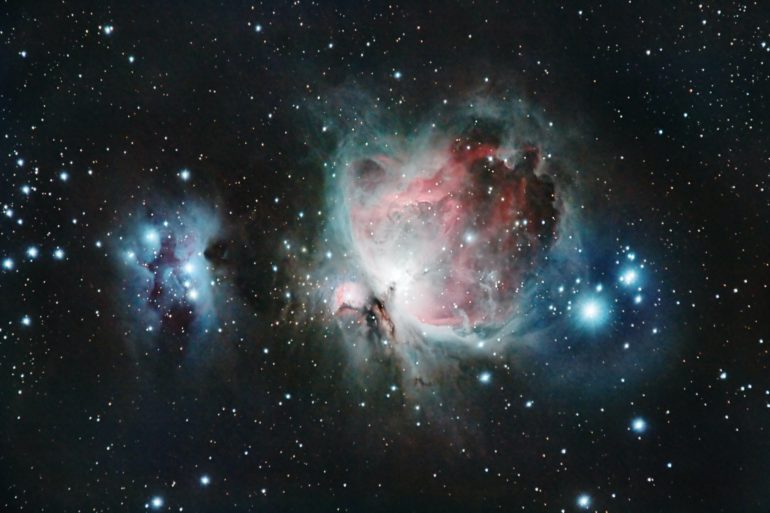Using the world’s most powerful radio antenna, scientists have discovered stars unexpectedly blasting out radio waves, possibly indicating the existence of hidden planets.
The University of Queensland’s Dr. Benjamin Pope and colleagues at the Dutch national observatory ASTRON have been searching for planets using the world’s most powerful radio telescope Low Frequency Array (LOFAR) situated in the Netherlands.
“We’ve discovered signals from 19 distant red dwarf stars, four of which are best explained by the existence of planets orbiting them,” Dr. Pope said.
“We’ve long known that the planets of our own solar system emit powerful radio waves as their magnetic fields interact with the solar wind, but radio signals from planets outside our solar system had yet to be picked up.
“This discovery is an important step for radio astronomy and could potentially lead to the discovery of planets throughout the galaxy.”
Previously, astronomers were only able to detect the very nearest stars in steady radio emission, and everything else in the radio sky was interstellar gas, or exotica such as black holes.
Now, radio astronomers are able to see plain old stars when they make their observations, and with that information, we can search for any planets surrounding those stars.
The team focused on red dwarf stars, which are much smaller than the Sun and known to have intense magnetic activity that drives stellar flares and radio emission.
But some old, magnetically inactive stars also showed up, challenging conventional understanding.
Dr. Joseph Callingham at Leiden University and ASTRON and lead author of the discovery, said that the team is confident these signals are coming from the magnetic connection of the stars and unseen orbiting planets, similar to the interaction between Jupiter and its moon, Io.
“Our own Earth has aurorae, commonly recognized here as the northern and southern lights, that also emit powerful radio waves—this is from the interaction of the planet’s magnetic field with the solar wind,” he said.
“But in the case of aurorae from Jupiter, they’re much stronger as its volcanic moon Io is blasting material out into space, filling Jupiter’s environment with particles that drive unusually powerful aurorae.
“Our model for this radio emission from our stars is a scaled-up version of Jupiter and Io, with a planet enveloped in the magnetic field of a star, feeding material into vast currents that similarly power bright aurorae.
“It’s a spectacle that has attracted our attention from lightyears away.”
The research team now wanted to confirm the proposed planets do exist.
“We can’t be 100 percent sure that the four stars we think have planets are indeed planet hosts, but we can say that a planet-star interaction is the best explanation for what we’re seeing,” Dr. Pope said.
“Follow-up observations have ruled out planets more massive than Earth, but there’s nothing to say that a smaller planet wouldn’t do this.”
The discoveries with LOFAR are just the beginning, but the telescope only has the capacity to monitor stars that are relatively nearby, up to 165 lightyears away.
With Australia and South Africa’s Square Kilometer Array radio telescope finally under construction, hopefully switching on in 2029, the team predict they will be able to see hundreds of relevant stars out to much greater distances.
The research has been published in Nature Astronomy.
LOFAR pioneers new way to study exoplanet environments
More information:
Joseph Callingham, The population of M dwarfs observed at low radio frequencies, Nature Astronomy (2021). DOI: 10.1038/s41550-021-01483-0. www.nature.com/articles/s41550-021-01483-0
Provided by
University of Queensland
Citation:
Radio signals from distant stars suggest hidden planets (2021, October 11)
retrieved 11 October 2021
from https://phys.org/news/2021-10-radio-distant-stars-hidden-planets.html
This document is subject to copyright. Apart from any fair dealing for the purpose of private study or research, no
part may be reproduced without the written permission. The content is provided for information purposes only.



